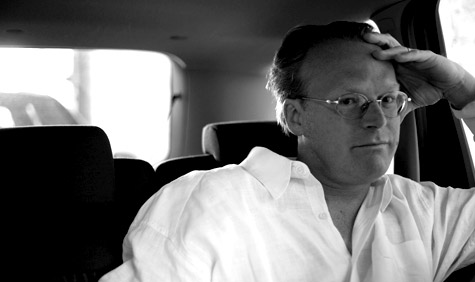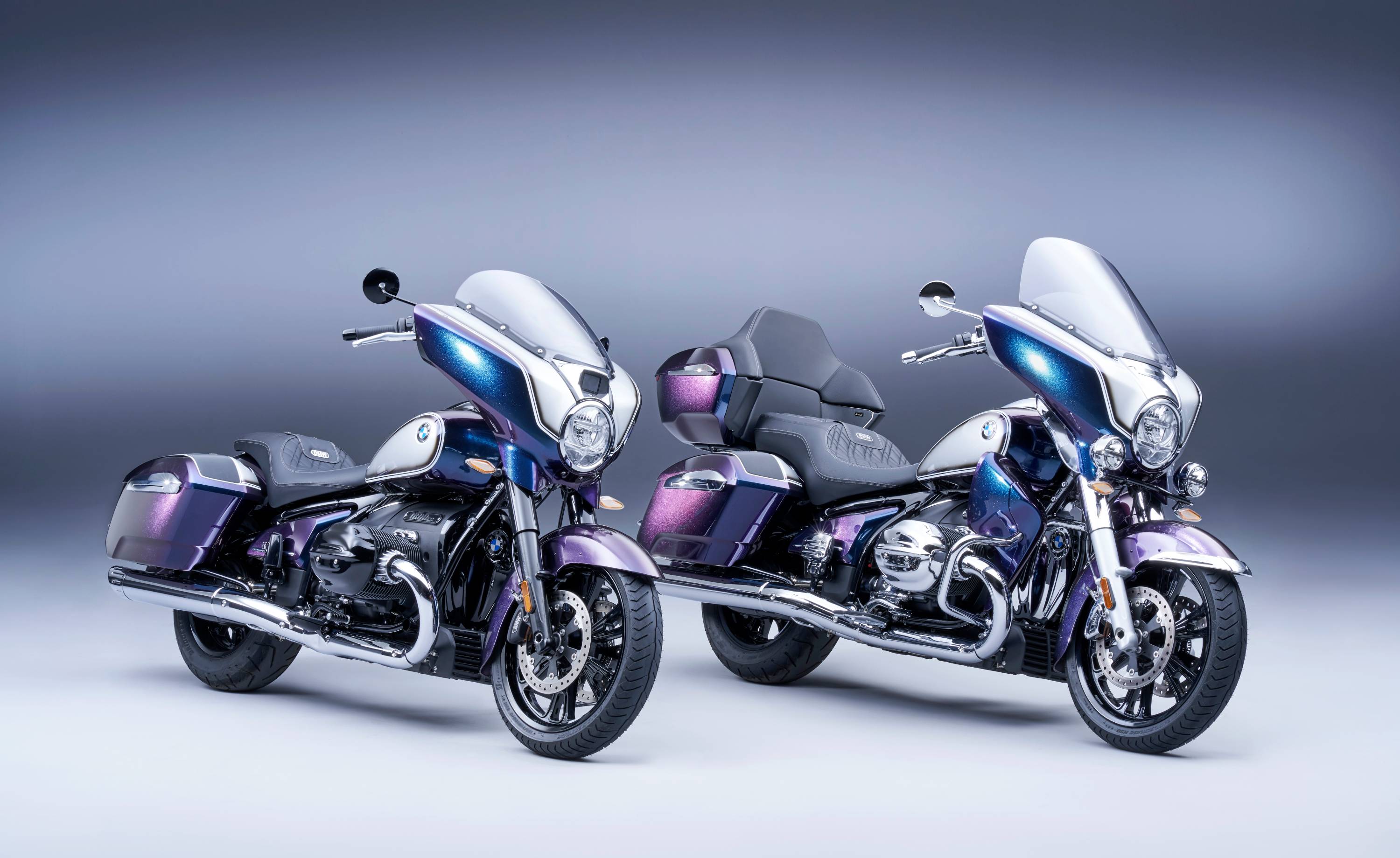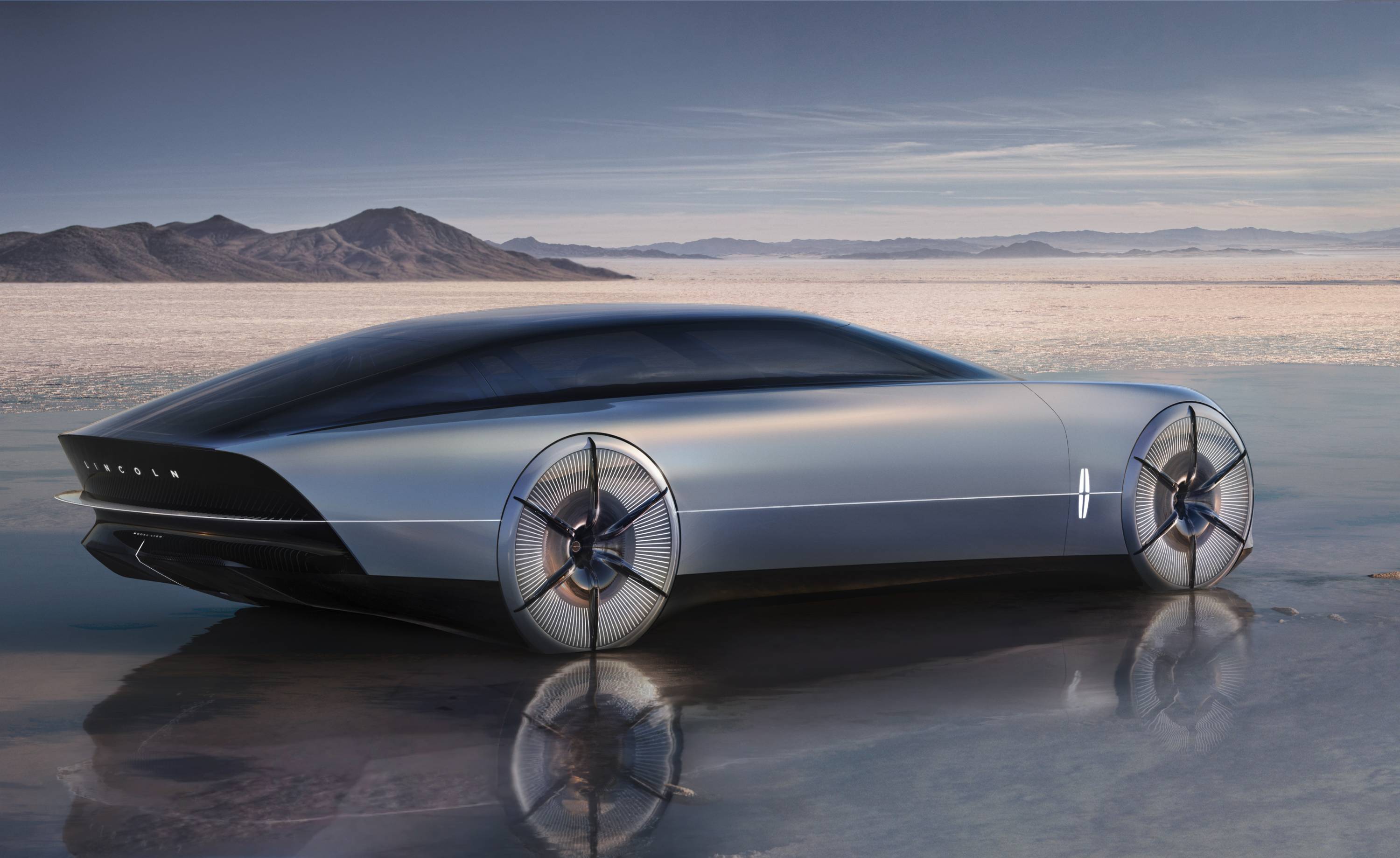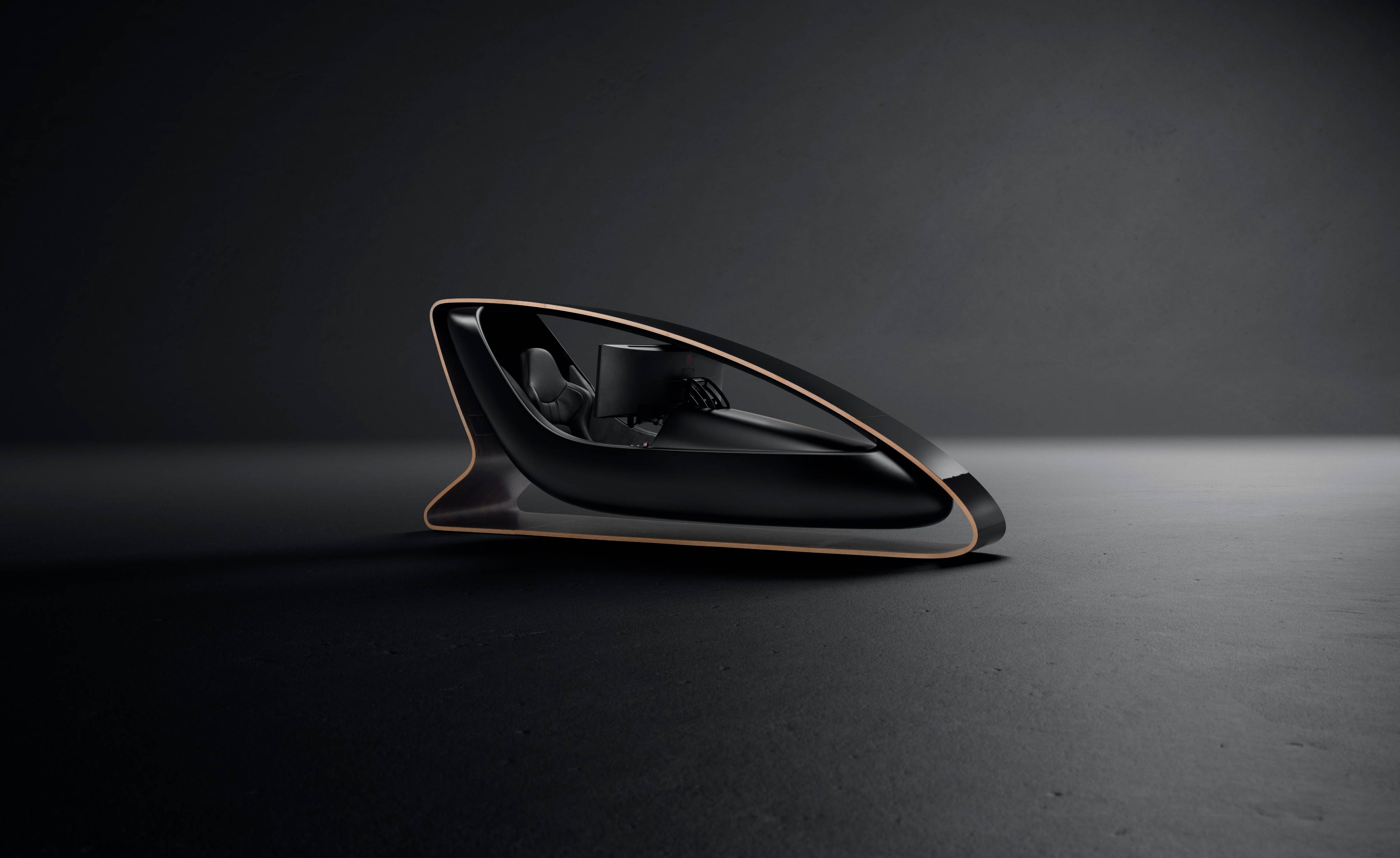Nick Talbot, Director at Seymour Powell


How did you come to be a car designer?
I saw this concept car that looked unbelievably futuristic and exciting whilst looking through one of my father's car magazines at the age of six. That single moment brought being a car designer into focus. I sent messages to various car companies whilst at school in the Middle East to find out what the correct route was and they told me it was through the RCA. So I applied, having finished a four-year Masters in industrial design in Edinburgh.
Did your perception change of what car design is?
Yes it did in a sense that the technical and engineering aspects were very new to me. And I had no idea how big the car industry was! Even then there were satellite studies all around the world.
Nigel Chapman was course director when I entered the RCA. Then it was full of hardcore petrol heads, so much so that when I designed a powerboat it was considered unusual. However there is something to be said about concentrating on the craft of designing beautiful sculpture. In those days even if you weren’t so good they made you design well.
The course has changed a lot since, and in many ways this is good as diversity is indeed a positive thing. However, car design is about understanding volume and form. Despite this if you get someone good who has a natural feel for big sculpture and big volumes, and the confidence to design, then it doesn’t matter how the course is structured.
What journey did you take after leaving the RCA?
Receive our daily digest of inspiration, escapism and design stories from around the world direct to your inbox.
We started our own consultancy Sensation Design with two others at the college designing trucks, sailing boats and engines. I then worked for Seymour Powell [link: http://www.seymourpowell.com] as a freelance for a number of years. I joined Ogle Design for two years, mainly as I wanted to get a permanent job for a little while. Then 12 years ago I rejoined Seymour Powell to work on a motorcycle design project, and I have been there ever since.
Now I design pretty much everything. We have worked on aerospace projects, designed helicopters, as well as collaborated with Toyota, Honda and BMW motorcycles. Our last project was a major rail exterior and interior design scheme.
What is your advice for young designers?
There are opportunities for young designers to do their own thing rather than assuming their path should be directly into a big corporation. Nowadays you’re not limited to working in, say, London or New York - you can work anywhere so explore your options. Our designers have to be enthusiastic and very flexible as they could be designing shampoo bottles one day and a car the next.
Jonathan Bell has written for Wallpaper* magazine since 1999, covering everything from architecture and transport design to books, tech and graphic design. He is now the magazine’s Transport and Technology Editor. Jonathan has written and edited 15 books, including Concept Car Design, 21st Century House, and The New Modern House. He is also the host of Wallpaper’s first podcast.
-
 The new Tudor Ranger watches master perfectly executed simplicity
The new Tudor Ranger watches master perfectly executed simplicityThe Tudor Ranger watches look back to the 1960s for a clean and legible design
-
 This late-night hangout brings back 1970s glam to LA’s Sunset Boulevard
This late-night hangout brings back 1970s glam to LA’s Sunset BoulevardGalerie On Sunset is primed for strong drinks, shared plates, live music, and long nights
-
 How Memphis developed from an informal gathering of restless creatives into one of design's most influential movements
How Memphis developed from an informal gathering of restless creatives into one of design's most influential movementsEverything you want to know about Memphis Design, from its history to its leading figures to the pieces to know (and buy)
-
 Peugeot’s sparky 308 gets hybrid power and handsome lines
Peugeot’s sparky 308 gets hybrid power and handsome linesThe Peugeot 308 proves that mass-market design needn’t be dull, blending hybrid power with sharp lines and excellent detailing
-
 BMW Motorrad brings out the big guns for its newest cruisers
BMW Motorrad brings out the big guns for its newest cruisersBMW Motorrad R 18 Bagger and Transcontinental set the tone for high-voltage cruising with a brand collaboration with speaker specialist Marshall
-
 Dacia’s new Manifesto concept is a true outdoor utility vehicle
Dacia’s new Manifesto concept is a true outdoor utility vehicleUtilitarian auto brand Dacia sets a bold new agenda with its Manifesto, a concept car pitched at the active outdoor market
-
 The sun sets on traditional supercars at California’s Monterey Car Week
The sun sets on traditional supercars at California’s Monterey Car WeekMonterey Car Week, the world’s most prestigious car gathering, is showcasing ever-more extravagant special editions, coachbuilt cars and all-new electric concepts. Here are seven key machines from 2022
-
 Is McLaren’s GT a sports car, a tourer, or the best of both?
Is McLaren’s GT a sports car, a tourer, or the best of both?The McLaren GT is a capable all-rounder dressed up in svelte supercar clothes. It might also be the last of its type
-
 Rolls-Royce puts the Phantom back on its lofty pedestal
Rolls-Royce puts the Phantom back on its lofty pedestalA mid-life refresh ensures the flagship Rolls-Royce Phantom Series II is at the top of its game, a last hurrah for traditional engines before an electrified future
-
 Prodrive’s new racing simulator is shaped by Callum to be front of the grid
Prodrive’s new racing simulator is shaped by Callum to be front of the gridThe racing simulator shapes up – this new design from Prodrive and Callum is honed for the high-end games room
-
 928 by Nardone Automotive: a restomod Porsche with Gallic verve and Italian style
928 by Nardone Automotive: a restomod Porsche with Gallic verve and Italian style928 by Nardone Automotive is a gracefully modernised version of Porsche’s endearingly different 928